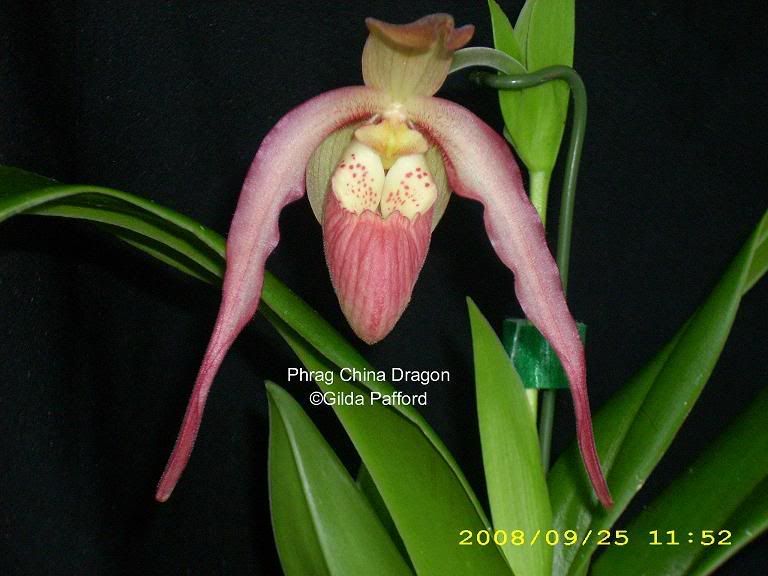Gilda
Well-Known Member
- Joined
- Jun 10, 2006
- Messages
- 2,632
- Reaction score
- 56
I was hoping for longer petals:sob: They might get a bit longer but not LONG !




Nice.
Okay, here's an example of soemthing I've been wondering:
I'm assuming that China Dragon does not have very long petals because it is a long petal crossed onto a short (besseae). If it had been the reverse cross, would the petals have been longer? Compare that to Belle Hougue Point, which is a short petal (Eric Young does not have very long petals) crossed onto a long petal.
Both crosses have the same species in their parentage, but in different order. Is Belle Hougue Point 50% caudatum, 25% besseae and 25% longifolium? China Dragon would then be 50% besseae, 25% longifolium and 25% caudatum.
I'm sorry if these are really dumb questions, but I want to understand these things. I'm looking to do my own crosses, and I don't want to waste my time and get results I don't like.
Good LuckI'm looking to do my own crosses, and I don't want to waste my time and get results I don't like.
Pretty darn cool Gilda. First time bloomer I take it?
Yep, first time bloomer.
Grandma, wanna trade...I like the brighter colors !
PS The dorsal is standing up now.
Very nice colouration!
Do you have the parentage of it?
Enter your email address to join: